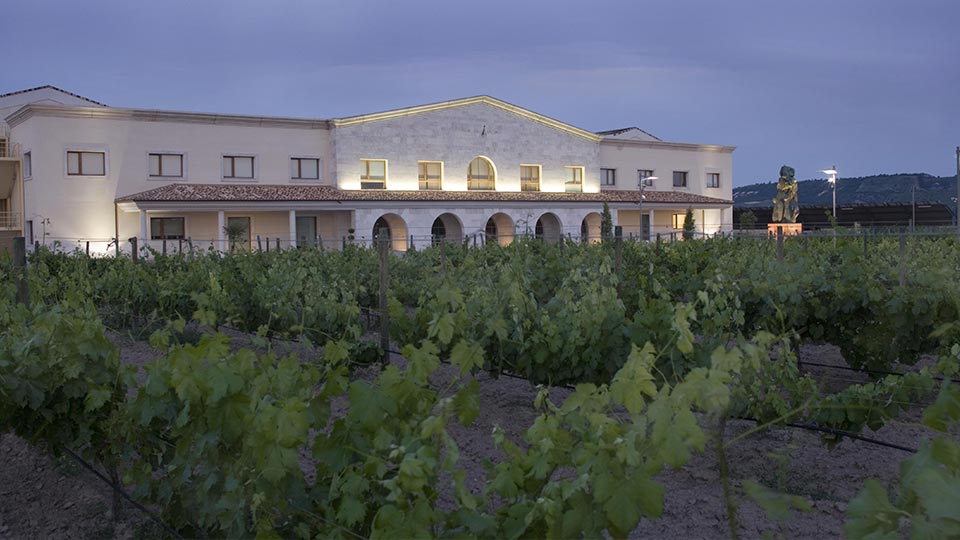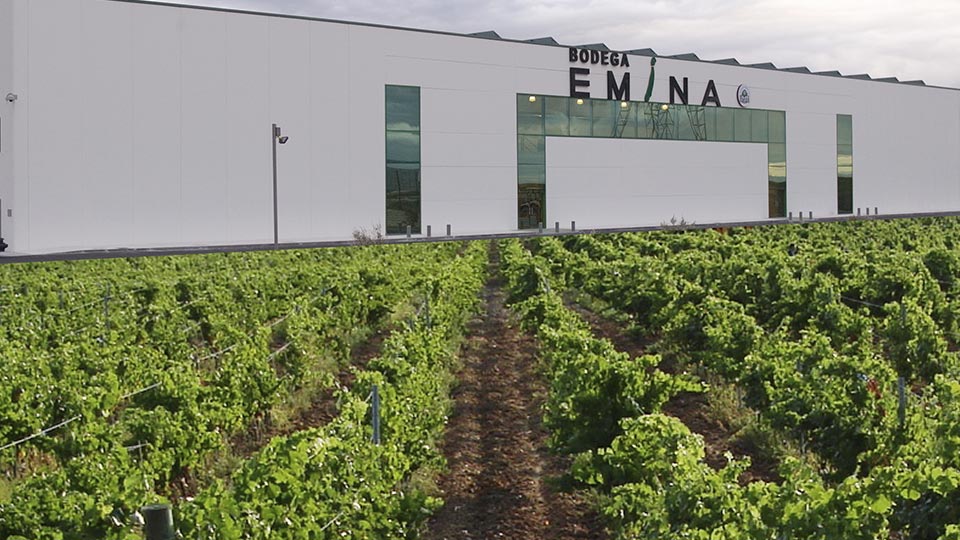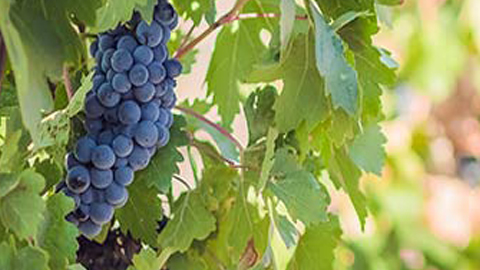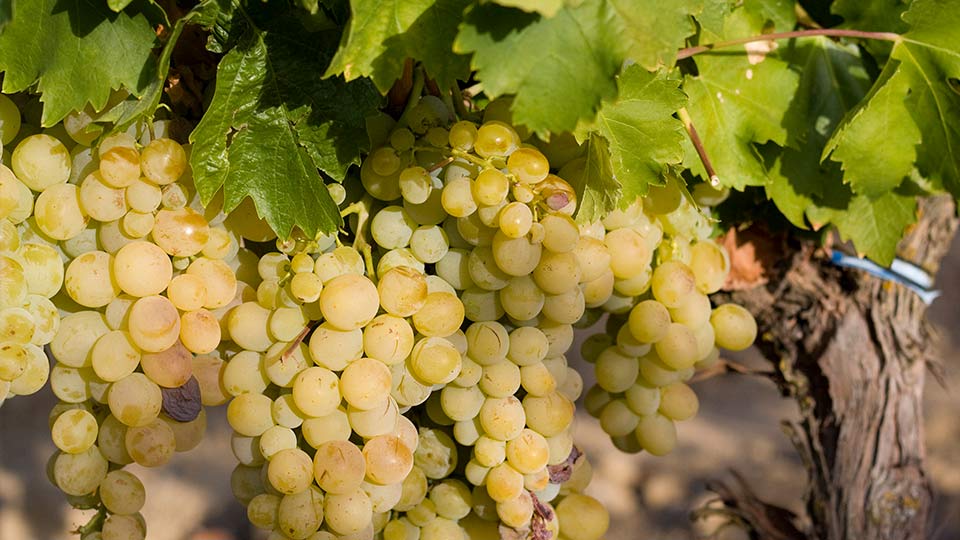Emina Ribera is situated in the perfect area and terrain for vine cultivation, due to the characteristics of the land, the climate and the adaptation of authochtonous grape varieties to the area. These locations produce the very best of these grapes that, if well nurtured, produce truly exceptional wines.
Viñas Rosas, La Cabaña, Valdelacasa, Hermano Diego, El Tomillar, El Horno, Valuenga, Los Apriscos, La Hinojera and Vermilion are just a few of the Emina vineyards in the Valbuena de Duero, Olivares de Duero and Pesquera de Duero area. All of these are located within the prestigious Ribera del Duero “golden triangle”, where the most famous wineries in the area can be found.















